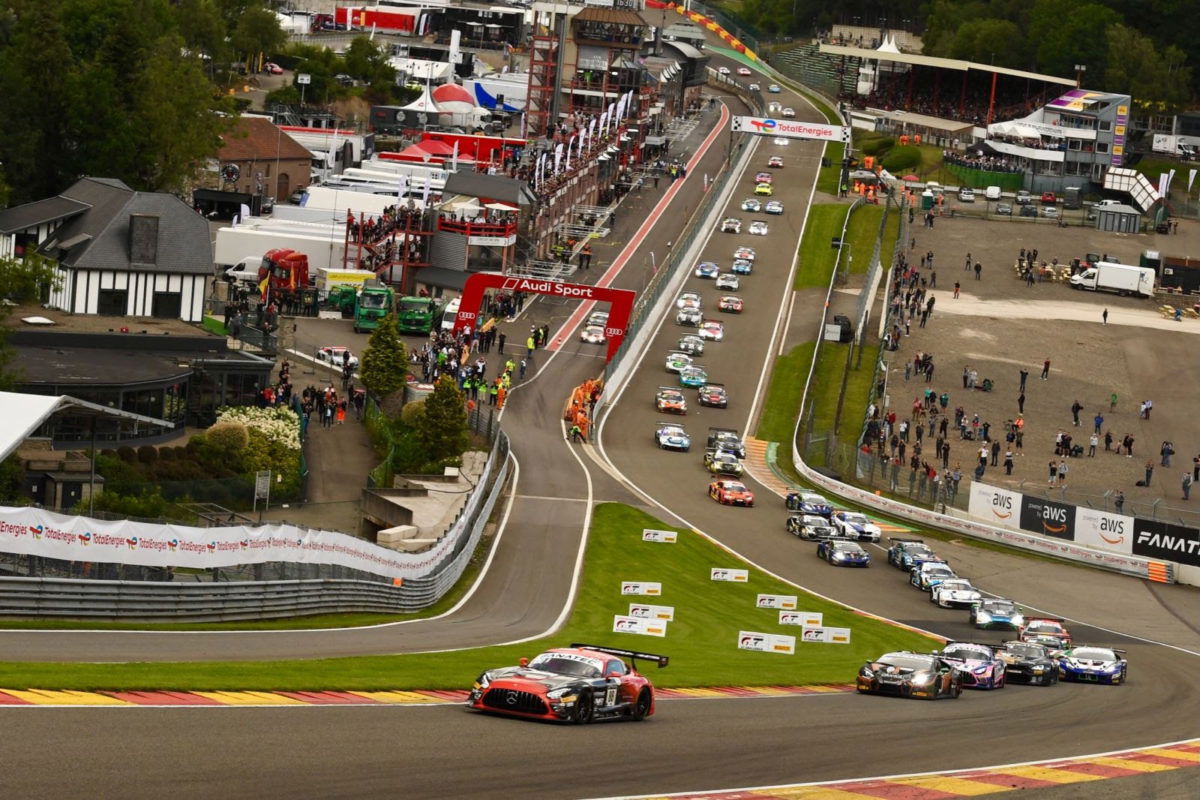

There is an ever-tightening squeeze on companies around the world to be more environmentally sustainable, and motorsport is not immune.
Sustainability has proved to be a business pillar no organisation can ignore as society fights to prevent the depletion of resources on our planet.
But yet, there are many branches of motorsport that trot the globe, a concept itself that brings up environmental concerns.
SRO Motorsports Group is one; the international sporting organisation behind the GT World Challenge formula seen in Europe, Asia, America, and Australia.
Another of its products is the Intercontinental GT Challenge which features endurance races on multiple continents and includes the Bathurst 12 Hour.
There is a seismic change in front of us on how we go about racing itself.
In fact, a lot has already changed, but the environmental squeeze is getting tighter.
So with interests in four corners of the world and its globe-trotting IGTC concept, how is SRO combating the sustainability question?
The most immediate answer is that emissions that cannot be reduced are being offset with a goal of being entirely carbon neutral by 2023.
Two years ago SRO appointed London-based sustainability agency Futerra to assess the sporting organisation’s global emissions.
Futerra has also worked with Formula 1 on the same topic, and came up with separate roadmaps for both F1 and SRO on how to reduce emissions in many different areas.
Many of those strategies are already in play, but what became abundantly clear was that logistics is the biggest contributing factor.
According to founder and CEO of SRO Motorsports Group, Stephane Ratel, the cars racing on track “represents only three to five percent” of the overall carbon impact of the competition.
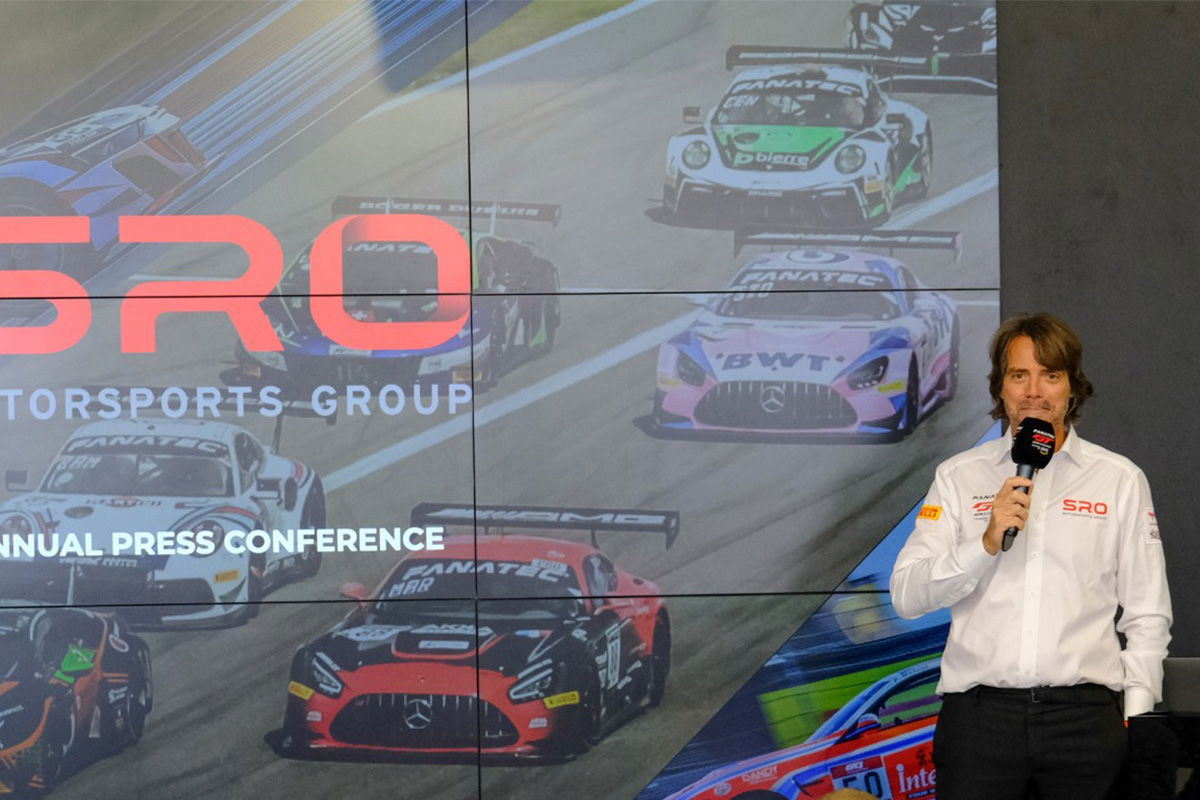
So with such a small percentage of the total emissions from the race cars, the focus has been on the larger contributors first: logistics, fuel, and tyres.
SRO’s GT World Challenge Europe calendar has already reflected its sustainability pathway, with a centralised 10-round schedule.
“If you look at our European calendar, we really looked on the map, where all the teams [are] and we don’t go to the south in Portugal and we don’t go to Hungary,” Ratel told Speedcafe.com.
“We really centred to the closest, or if we have two races close by we avoid [extra travel] with races back-to-back while leaving their trucks in a certain location.
“So we made a complete analysis on how to reduce our emissions, because that by far, the biggest emissions we [have] is through logistics.”
Keeping sustainability in mind when working through the logistics of a racing calendar has become more difficult in the last two years with the onslaught of the pandemic.
However, SRO’s lofty goals on sustainability targets is keeping all that in check.
One of those goals is to be using advanced zero-carbon e-fuel throughout all SRO racing activities in 2030, but there are a handful of steps before that.
Ratel says its new race fuel tender is “only on biofuel” as the current agreement with fuel supplier Total is set to expire at the end of 2022.
“We have to see when that will become available [and] at what price it will become available,” Ratel said on the topic of sustainable race fuels.
“And in the meantime, we’re looking at biofuels for next year…there is always an element of cost, of course, because to be more environmentally friendly, as always there is cost attached to it.
“It’s a conversation we’re having with our teams globally. So we’re very, very serious about it.”
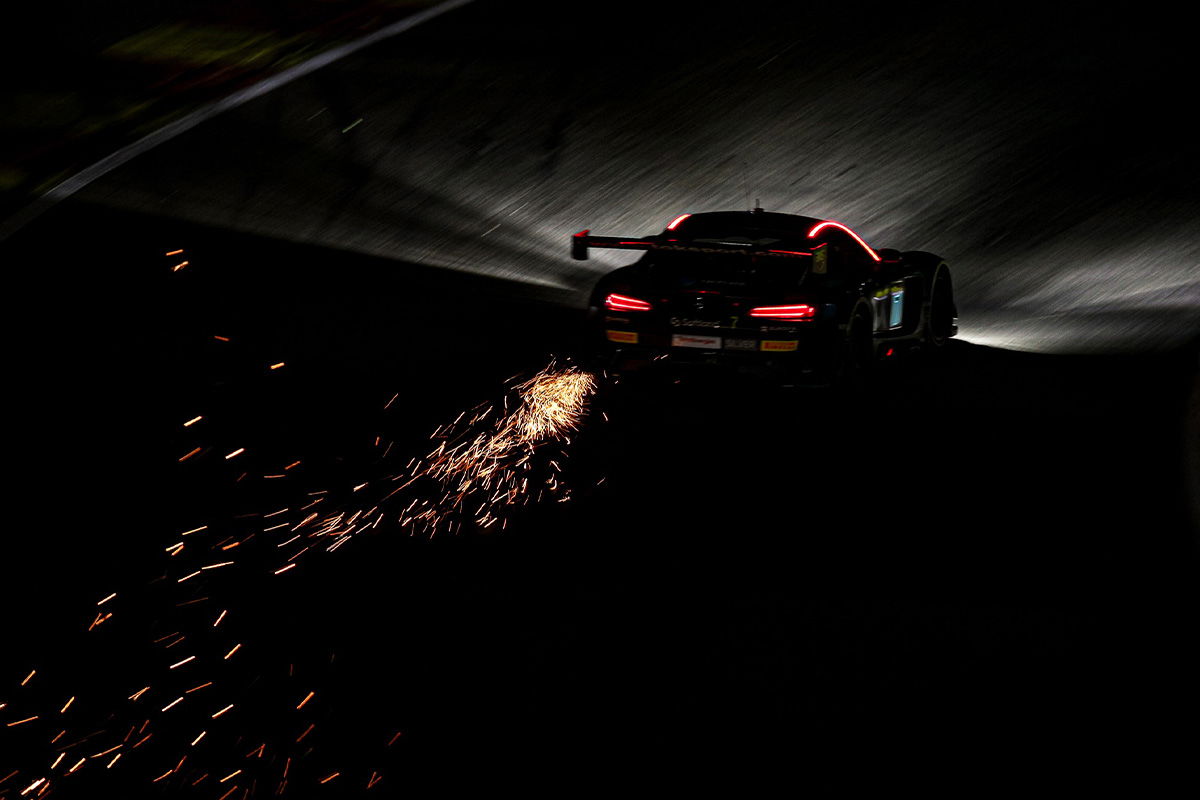
Plans to be carbon neutral are much further along.
SRO and Total have been working closely on a carbon offset programme, which sees the CO2 emissions of the fuel used during races offset towards forests in Brazil and Indonesia.
Having offset a third of its emissions in 2021, the organisation progressed to two-thirds this year and is on-track to be offsetting the entirety of its emissions by 2023, according to Ratel.
“SRO does spend a very substantial amount of money in offsetting,” he said.
“We entered in a programme of reforestation, equatorial forests for reforestation and preservation.
“And now every entry of any SRO championship around the world there is an amount of carbon offset.”
The little things count too.
A target for 2022 was to eliminate single-use plastic from SRO paddocks, which includes phasing out single-use plastic water bottles and other items in event catering.
Merchandise, branding materials and uniforms require the use of “lowest-impact resources” to reduce waste and support recycling.
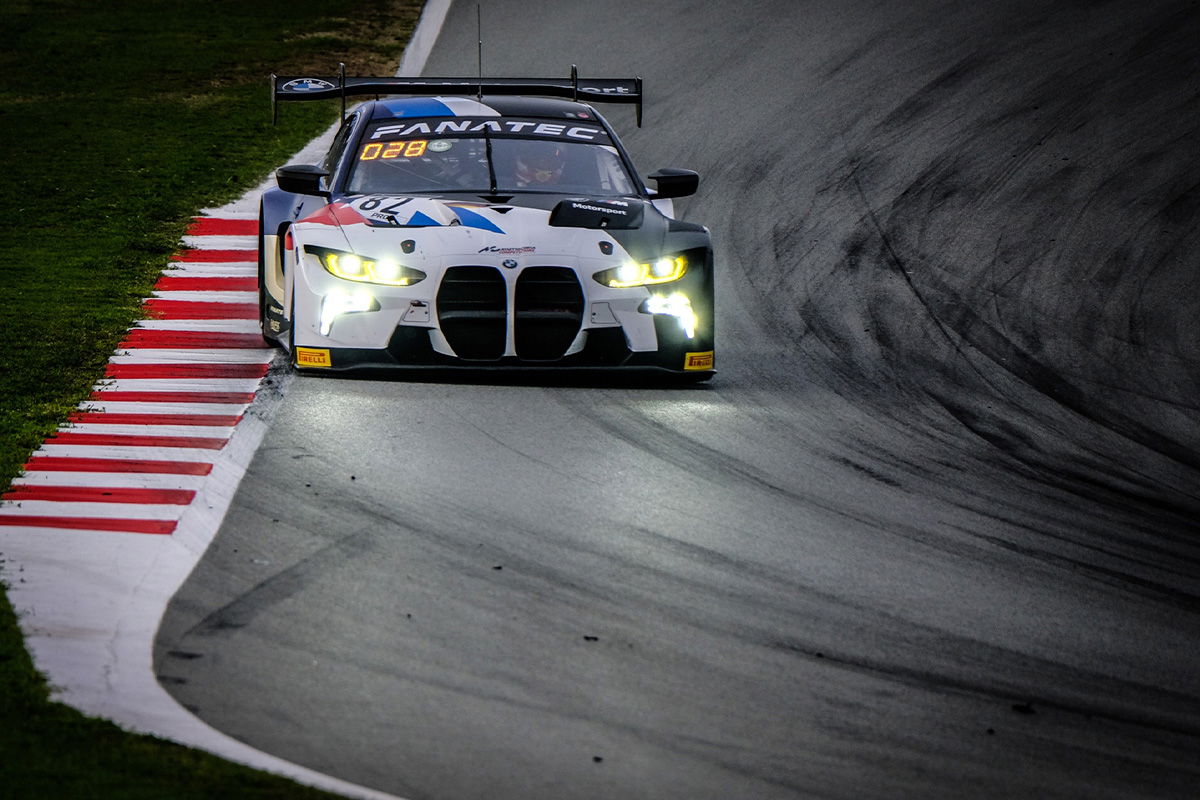
There is also a project called GT Experimental (GTX) in the works.
COVID has forced some delays, but the idea of GTX is to showcase electric vehicle technology in a competitive environment — crucially though, not on a race track.
GTX World Tour events will take the form of road shows travelling from city to city within a region, akin to something like Tour de France, and represent a space for manufacturers to prove their EV concepts.
To the extent that GTX will be set up initially, what’s obvious is that it’s not a replacement for GT racing as we know it just yet.
But it does open up a pathway and an opportunity for SRO to get ahead of the game on electric race cars.
“We don’t see that for the foreseeable future,” Ratel answered if electric GT racing might soon replace internal combustion engines.
“In terms of performance, in terms of durations, the [electric] technology is not there yet.
“Maybe it will be one day and we will have nothing against running electric cars, when they will be able to match the performance and the duration of the current car we have.
“But let’s be realistic, it’s not for tomorrow.”
That said, the direction of GT racing globally is largely up to manufacturers.
Motorsport has always been a red carpet for manufacturers to showcase themselves, but especially concerning the GT3 platform, it’s crucial what is on the race track has road relevance.
It’s no secret automotive manufacturers are shifting away from the potent petrol engine, with one example being the new generation Mercedes-AMG C63 which will be a hybrid four-cylinder powerplant instead of a thumping V8.
Right now, what sits in Mercedes dealerships around the world is closely linked with what they race on track, at least in the GT3 formula: a twin-turbo V8, the same as the roadgoing C63s, E63s or AMG GTR.
But if motorsport is the red carpet, why continue racing a V8 when you have a new shiny top model to flaunt: a four-cylinder hybrid that you are trying to sell in showrooms?
There’s a seismic sustainability shift taking place in GT racing right now. But there’s an even greater seismic shift on the horizon.
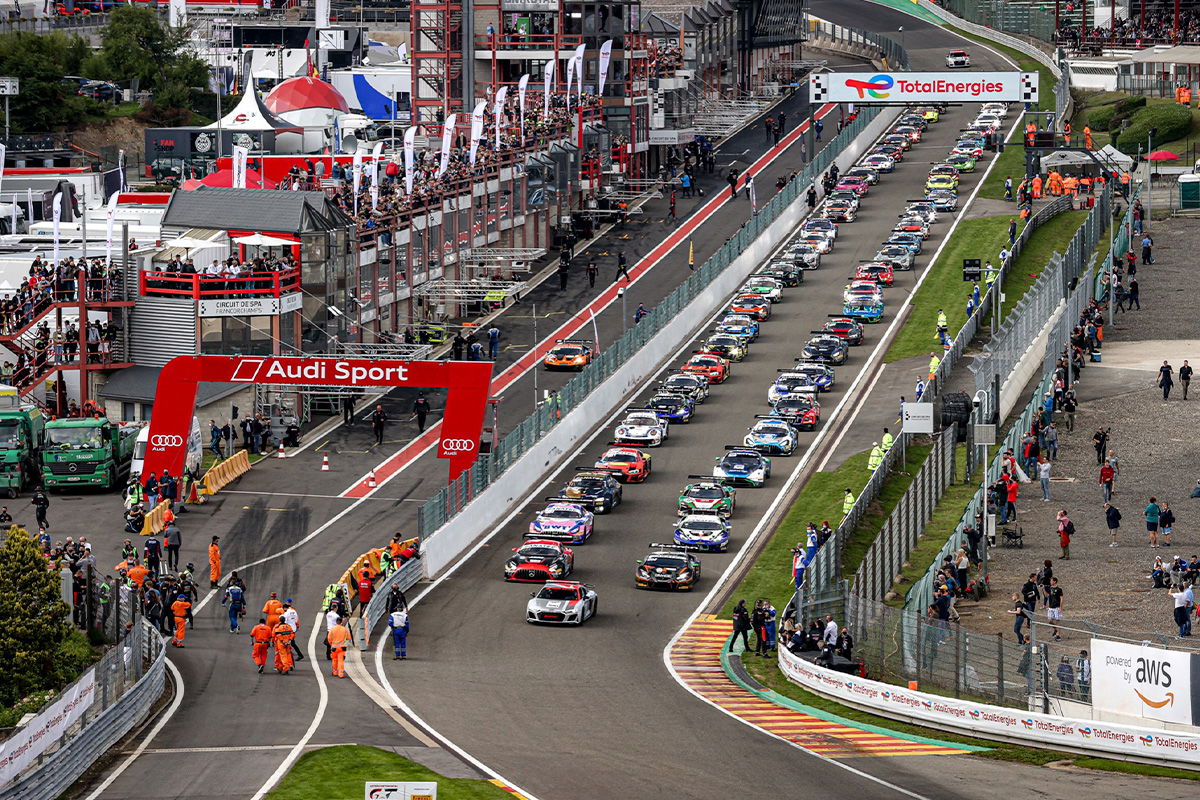




















Discussion about this post